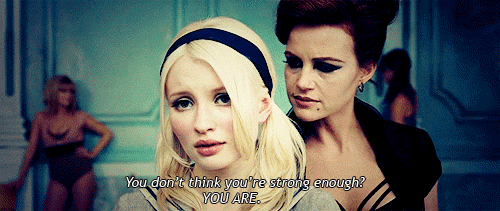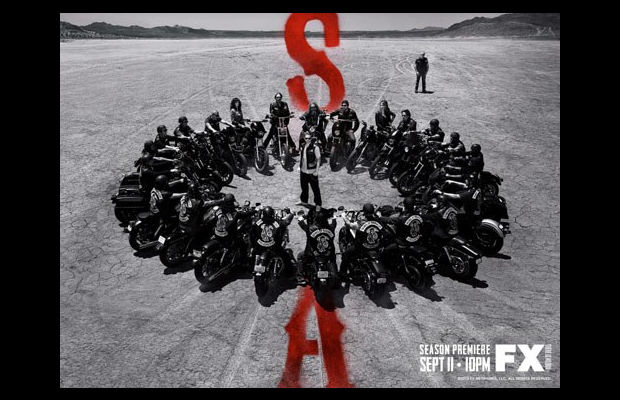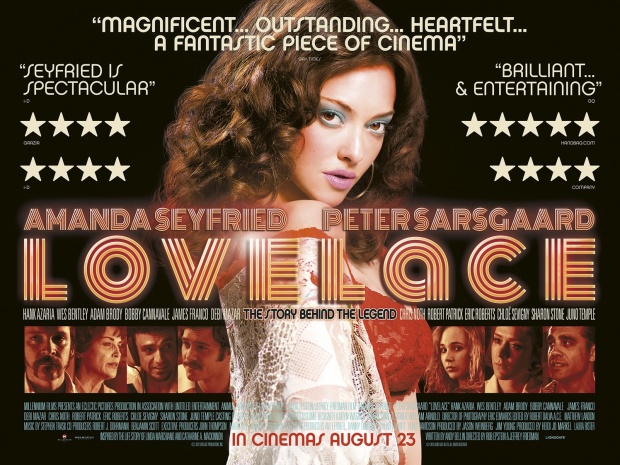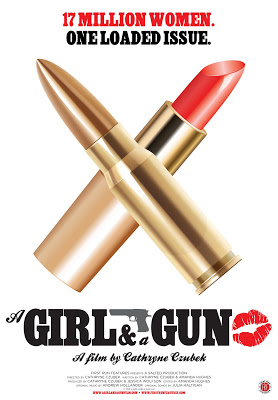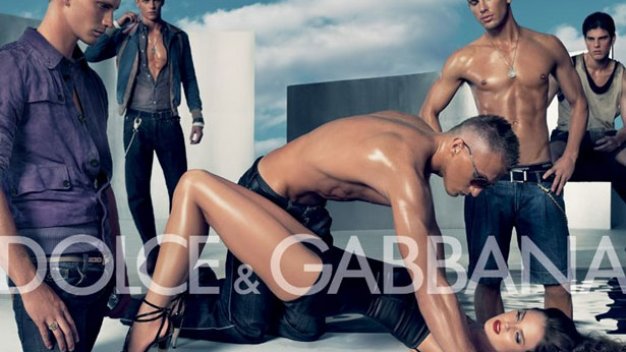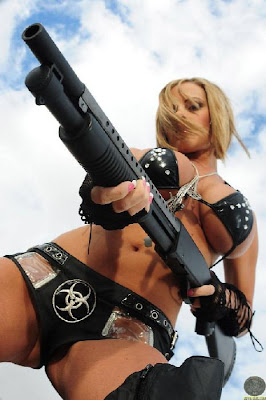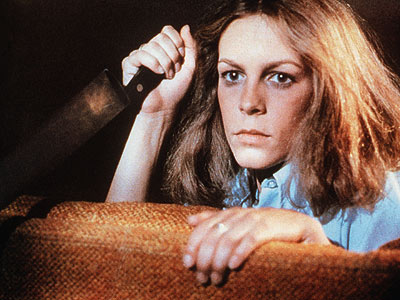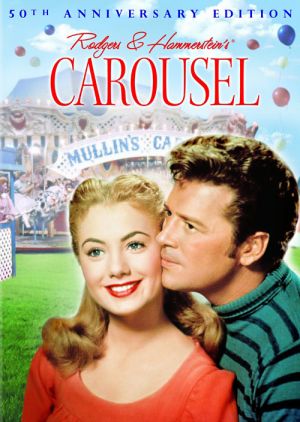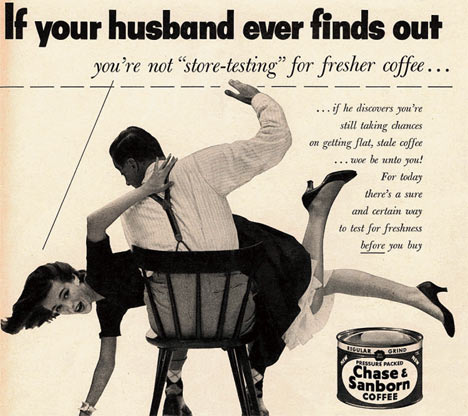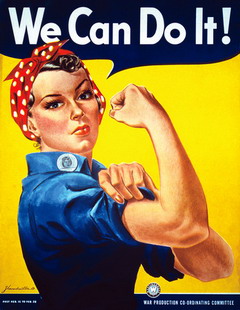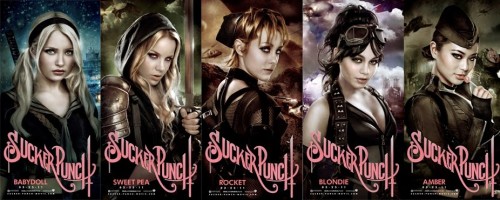
This guest post by Angelina Rodriguez appears as part of our theme week on Child and Teenage Girl Protagonists.
Sucker Punch (2011) was a visually beautiful film with little substance, cardboard characters, and a scattered plot. The film is layered in hollow, underdeveloped metaphors so that fanboys can feel intellectually superior (to feminists that just don’t get it) while they wank off to helpless, sexualized mental patients. There is so much garbage happening at once that it seems like Zack Snyder wanted to make a couple of different films but instead funneled all the ideas into one terrible concoction.
My main issue with the film is that it is speckled with meaningless platitudes and clichés about girl empowerment when the film simply isn’t empowering. The women in the film are portrayed as oversexualized, helpless, damaged goods. Though there are metaphors at work that symbolize abuse or objectification of women, nowhere does the film stress an injustice or seek to dismantle its source. It is just like any other formulaic action movie complete with boobs, guns, and explosions, but it has a shiny, artificial veneer of girl empowerment. The false veneer is the aspect of the film that truly infuriates me, along with the side of artsy pretentious bullshit.
Our hero, Baby Doll, played by Emily Browning, is an infantilized 20-year-old, sporting pig tails, doll make-up, and a sailor or school-girl outfit. Although she is technically supposed to be an adult, her demeanor, dress, and innocence is childlike. She looks like a young girl playing dress-up and her smallness is constantly emphasized while she is on camera with men. Her character is an eroticized child wearing a pouting or vacant facial expression throughout most of the film.
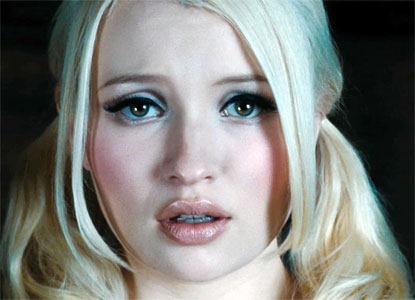
She is the image of the “pure innocent virgin” with both hair and skin white as snow. Her twisted, murderous stepfather wants to secure inheritance left to Baby Doll by her late mother for himself so he makes a shady deal with an orderly to get Baby Doll taken out of the picture for good, with a lobotomy in five days. She is damaged and abused but still holds onto her fantasies of freedom. We follow her through three realities: the mental ward, the brothel, and the battle arenas where she and the other girls fight giant samurais, undead Nazis, and dragons in high-intensity action sequences. In the brothel, Baby Doll and the other girls are forced into prostitution which is paralleled by the abuse she and the other patients are experiencing in the hospital at the hands of the orderly/pimp, Blue. In this reality, like the lobotomy, she is promised to the High Roller in five days.
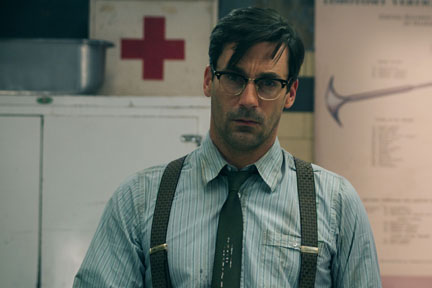
The creators took the serious situation of forced institutionalization, already fraught with gratuitous abuse, and made it even more overtly sexually exploitative by throwing sex work into the mix. The entire portrayal of these girls’ abusive experiences drips with exploitation. This story doesn’t evoke feelings of sympathy for its boring, one dimensional, unrelatable female characters. If anything, the goal of this story of violence and abuse against women is to arouse the audience. Even during scenes of pain, vulnerability, hurt, or death, the girls appear sexually-charged, and the camera seems to be pawing at their ever-exposed skin.
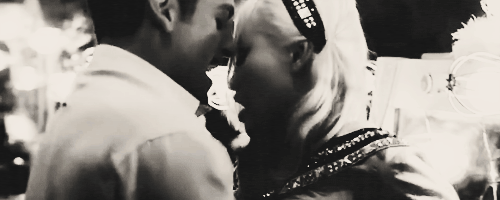
As if there wasn’t enough objectification, Baby Doll has absolutely no character development or personality. We know nothing about her, aside from her life being A Series of Unfortunate Events. She acts as a tragic vessel, simply the embodiment of the mind-over-matter notion of freedom. Her only job is to symbolize patriarchal oppression and martyr male fantasies of female powerlessness. She occasionally does something badass like stabbing Blue or spitting in some dude’s face; however, she still lives a brutal life and meets a cruel end despite her strength and acts of protest. This communicates that the feminist objective isn’t reachable, that the patriarchy is inevitable, and that we should simply give into it.
Another huge issue I have with the faux girl power in Sucker Punch is the Guardian Angel, played by Scott Glenn, who directs the girls along their missions. He gives them orders during the battle sequences and tells Baby Doll the secrets to gain her freedom. The Guardian Angel tells Baby Doll how to be empowered and released from the torment of patriarchy, but his advice never offers true freedom. A recurring theme in the story is that, “You have all the weapons you need,” and that you decide your own destiny. In contrast, these women are constantly being acted upon by men, even when they make “their own” decisions to escape or to fight or even to accept a lobotomy (although what other option did she REALLY have). If women have all the tools that we need, then why do we need a paternal figure dictating our survival? Interestingly enough, Baby Doll’s Angel seems much more like a Charlie to me.
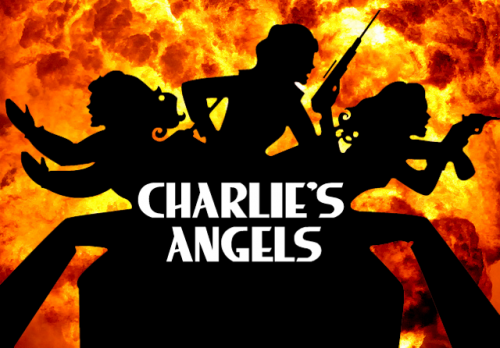
Baby Doll chooses to fight but still gets shafted, and all of her friends die. Baby Doll is only able to mentally escape this torment by “choosing” to accept a lobotomy. In a deleted scene, the penetrating lobotomy is tastelessly paralleled by a “consensual” sex scene with The High Roller in the brothel reality.

Why is an invasive medical procedure preformed with a long, sharp metal tool likened to a sex act? Sexuality is often coded as violent. Maleness is portrayed as a weapon with a penis as a gun, sword, or knife. This creates a connotation of force. Women exist simply as props while men are the action and reaction. This notion of sexuality isn’t progressive or feminist, as it contributes to rape culture. And this was supposed to be her act of true rebellion?
She agrees to sex in an unbalanced situation that could be described as coercion or rape despite her seeming consent. What is the message? “You can take my body, but you can’t take my soul?” Well, fuck that. The entire premise seems to be communicating that women may not be able to subvert the patriarchy or avoid violence or exploitation, but that we have the power to rise above it and free ourselves internally, mentally, or spiritually. The story says that women should be able to mentally rise above rape and abuse. Of course, it’s so simple. Why didn’t we think of that? It’s a good thing we have Zack Snyder to make porn-y, pretentious movies to tell survivors how to get over their trauma and tell women how to be empowered like the “guardian angel” that he is.
This film puts the responsibility of survival and equality upon the shoulders of women instead of men, and the type of survival it offers is piss-poor at best. The effects of systematic abuse that seek to dehumanize and oppress can’t be avoided, regardless of a woman’s strength or will. Women have been fighting throughout history, and we continue to fight every day, although that information may be new and exciting to Zack Snyder. We need men to do their part completely and independently in order to create equality and freedom. The creators of Sucker Punch attempted to manipulate feminist ideas for profit and the fulfillment of male fantasies without doing any real feminist work. They had hopes of using feminism as an excuse for showing partially naked, ethereal waifs being intermittently badass and helpless, but failed miserably. This kind of “participation” in the feminist movement is damaging and despicable.
Angelina Rodriguez studies Sociology at Fairmont State University. In her free time she thinks about things and pets puppies.
